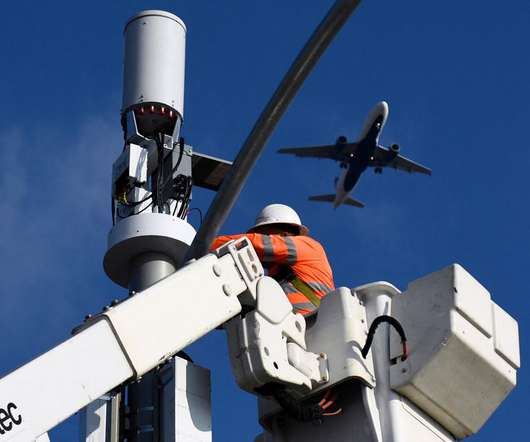EPA finalizes greenhouse gas standards for LDVs MY 2023-2026
Green Car Congress
DECEMBER 21, 2021
The Environmental Protection Agency (EPA) is finalizing the federal greenhouse gas (GHG) emissions standards for passenger cars and light trucks for Model Years (MY) 2023 through 2026. CO 2 , Compared to the Proposal and 2012 and 2020 Rules, grams/mile, 2021-2026. Source: EPA. Off-cycle” credits of up to 15 g/mile.












Let's personalize your content